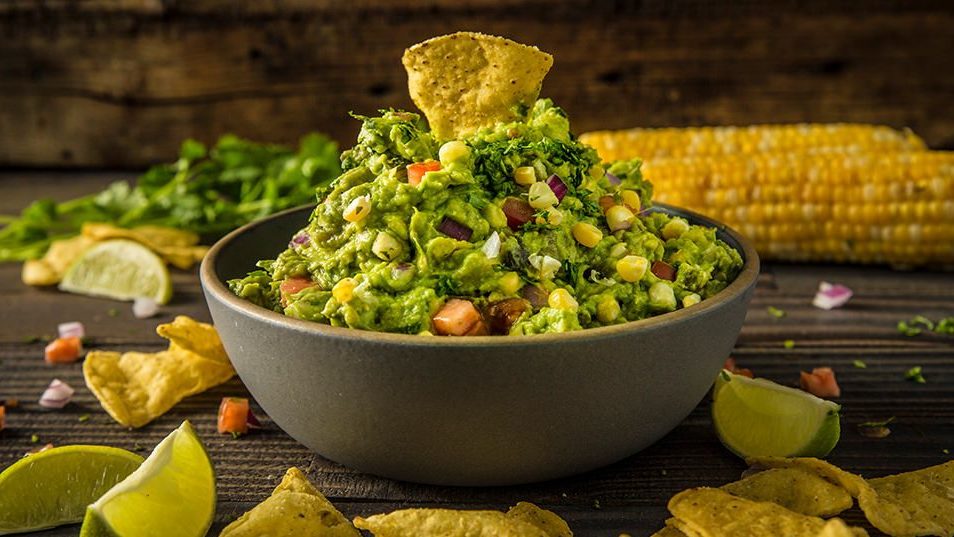What’s so special about guacamoles? Well, it’s the avocados, of course! Whether they’re in a big bowl or served as toppings, nothing makes one’s stomach rumble than avocados. Now in the form of a dip, it is no wonder that guacamoles taste amazing and are beneficial to one’s health as well.
What is Guacamole?
Guacamole is primarily made from mashed avocados, onions, lime juice, tomatoes, herbs, jalapenos and spices. It is a creamy, avocado-based sauce most frequently served with Mexican food. It’s usually consumed with chips or as topping on tacos or a variety of other delightful dishes.
Mantequilla de pobre (“poor man’s cheese” in Spanish) is a combination of avocado, tomato, oil, and citrus juice. Despite its title, it predated the advent of dairy cattle in the Americas and was therefore not initially created as a butter substitute.
Another similar dip is guasacaca (or wasakaka), which is an avocado salsa that is not as thick and more aromatic compared to guacamoles. It is a savoury sauce that is commonly found in Venezuelan cuisine. It is made with vinegar and served over parrillas (grilled food), arepas, empanadas and other meals. It is essential to add small amounts of hot sauce to make guasacaca, instead of jalapeño, but like a guacamole, it’s not generally consumed as a hot sauce.
History of Guacamole
Guacamole, loosely abbreviated to guac in North America since the 1980s, is an avocado-based sauce, that was first created by the Aztecs, the region now known as Mexico. Mainly used in contemporary Mexican cuisine, it has grown to become a large component of American cuisine as a sauce, condiment and dressing.
Avocados were first cultivated in Central America in early 7,000 BC. Many still debate the precise nation and the region of birth of the fruit. From there, the avocado went North to Mexico, where the Aztecs transformed the fruit into guacamole in the early 1300s. Avocados have a high fat content which is an excellent thing for the Aztecs as they lack food that have fat content.
In the early 1500s, the Spaniards came to Mexico and took a liking towards Aztec’s guacamole, and then with the avocado fruit itself. The avocado was not well preserved when they tried to bring the fruit home to Spain and so they were unable to create it. The Spaniards were trying to recreate guacamole by substituting avocados with other fruits, but to no avail.
In 1871, the first avocado tree was planted and effectively cultured in California, which is about 350 years after the Spaniards had come to Mexico. By the 1900s, avocados have been cultivated and flourished till this day.
California now generates almost 90% of the country’s avocados production; 41% of California avocados grow in San Diego County; and 80% of California avocados are Haas, regarded to be the finest type of guacamole.
Interesting Facts about Avocados
Other fantastic information about avocados is they contain 60% more potassium than bananas. Over 70% of the oil is polyunsaturated – the healthy kind of fat. Besides, they’re one of only three fruits that have oil in their flesh and have more fat content than any other fruit. Also, they have 2-3 times the amount of protein than other fruits. Lastly, they contain almost 20 vitamins and minerals.
Where to find Guacamole in Malaysia
The majority of Mexican restaurants in Malaysia serve guacamole. Allow us to recommend you some of the best Mexican restaurants there is in Malaysia. One of them is Las Carretas (Damansara Heights) where you can order guacamole dip served with tortilla chip.
Also, Holy Guacamole (Georgetown, Penang) serves you with the best guacamole in Malaysia! With excellent services, pleasant atmosphere, both tourists and locals adore the place.
Find more European cuisine on foodpanda!
